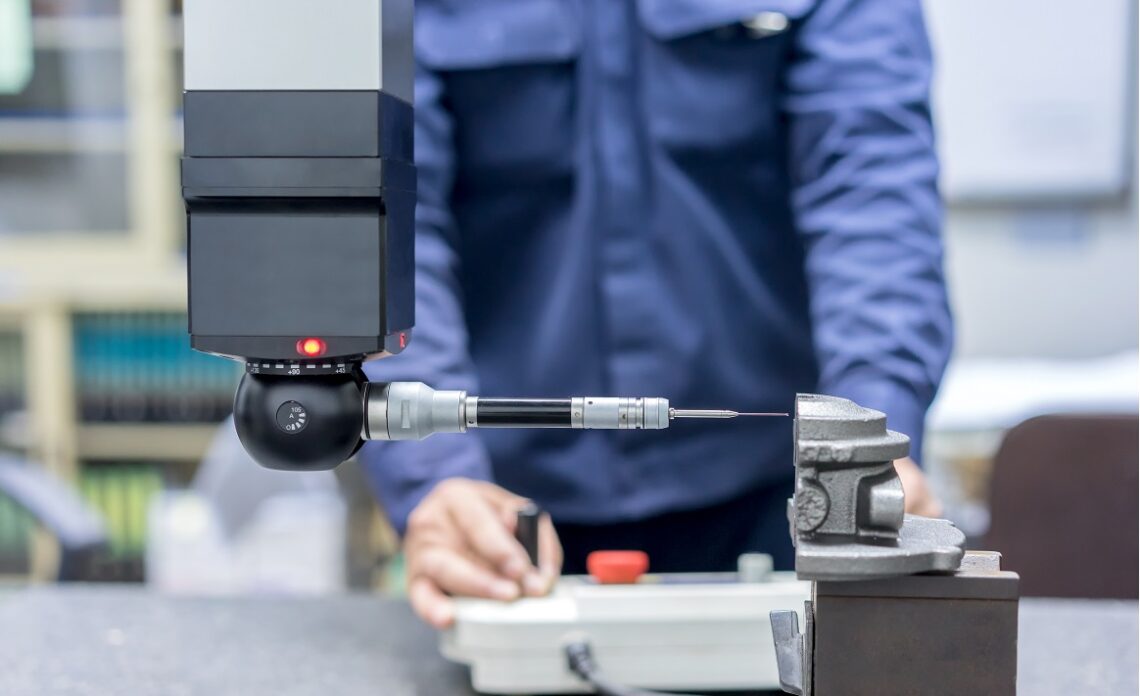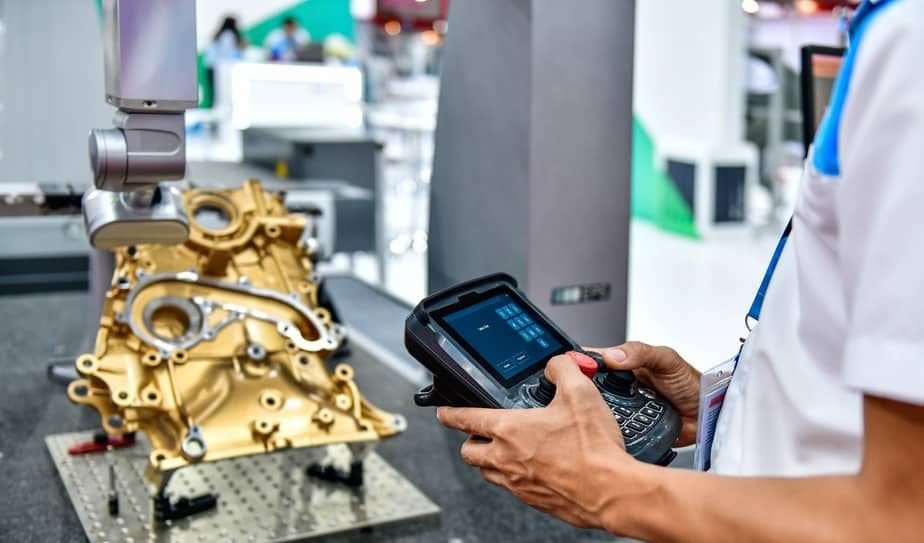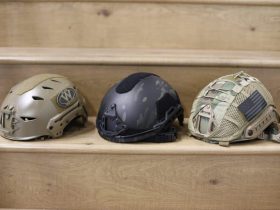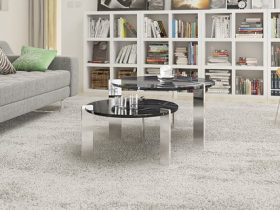Traditionally, most manufacturing companies utilized a visual and manual approach to measure parts of a product. Outdated hand tools or optical comparator may have been useful at that time. However, through innovative growth in technology and the manufacturing industry’s advancement, there are now coordinate measuring machines to perform such tasks efficiently and accurately.
What Is A Coordinate Measuring Machine?
Also known as coordinate measuring machinery or CMM, this specific machine performs accurate measurements, such as height, width, and depth of a product’s part using coordinate processing technology. This also entails automation, such that it can automatically measure the target and obtain its GD&T measurements. Aside from the rising development of CNC technology, CMMs have been entirely a hand for most manufacturing businesses.
In most case scenarios, a coordinate measuring machine is beneficial in the quality control activities of manufactured parts and ensuring they all have uniform dimensions and measurement requirements. While micrometers and height gauges were commonplace in the past, these machines have been developed to replace them as they perform accurate checkups. This machine has two ways of operation, such as manual or fully automated.

Types Of Coordinate Measuring Machines (CMMs)
Essentially using ruby or a similar kind of style, or laser and similar non-contact probes, there are different styles of such machines that perform to travel around a specific part to analyze the data of surfaces and features. After which, they will then undergo comparison with the CAD file in which the part was designed. You may check this site to see a variety of CMMs.
A coordinate measuring machine comes in different contact models, such as:
- Bridge
A bridge-style CMM is the most common type of CMM as it provides stable anchors for the measuring apparatus. Bridge-style CMMs come in portable machines or fixed planted ones; you can choose which one is more user-friendly in your shop or factory. The only downside of this machine is that it could only be limited to measuring small- to medium-sized parts that are light enough to be lifted into the table or slab.
- Cantilever
Using one-point support only, a cantilever machine is less rigid than those CMMs that use two-point support. It is limited to measuring only small-sized parts. However, the primary advantage is that you can evaluate and inspect the part from three sides.
- Horizontal Arm
You will need to mount the probes horizontally by using this machine. Other CMMs require a vertical placement, but this one is different. This type of machine is perfect for long and slender objects, which may be impossible to be assessed by the vertical machines. The only downer is that the level of accuracy is less compared to the other types.
- Gantry
Perfect for measuring automobile parts, the gantry-style coordinate measuring machine uses the floor or ground as its postulate. This means due to its structure, you won’t need to lift the part into the table, which makes it perfect for bulky items, like machine parts and large gear. This, however, is more expensive than other CMMs, but machine operators will have full access to inspect the parts.
Conclusion
Ultimately, the primary purpose of utilizing a coordinate measuring machine is to create reliable measurements for complex shapes and surfaces that will require more time and energy. Considering how highly advanced the manufacturing trends are, this could be perceived as a different and better alternative than using image measuring instruments. With the support of this machine, the process is optimized and renders accurate results, too. In your manufacturing environment, it is highly recommendable to use a coordinate measuring machine.















Leave a Reply